VOICES: WHITE SUPREMACY GAVE US POVERTY: END IT BY MAKING RICHMOND INVESTIBLE BY MARLAND BUCKNER
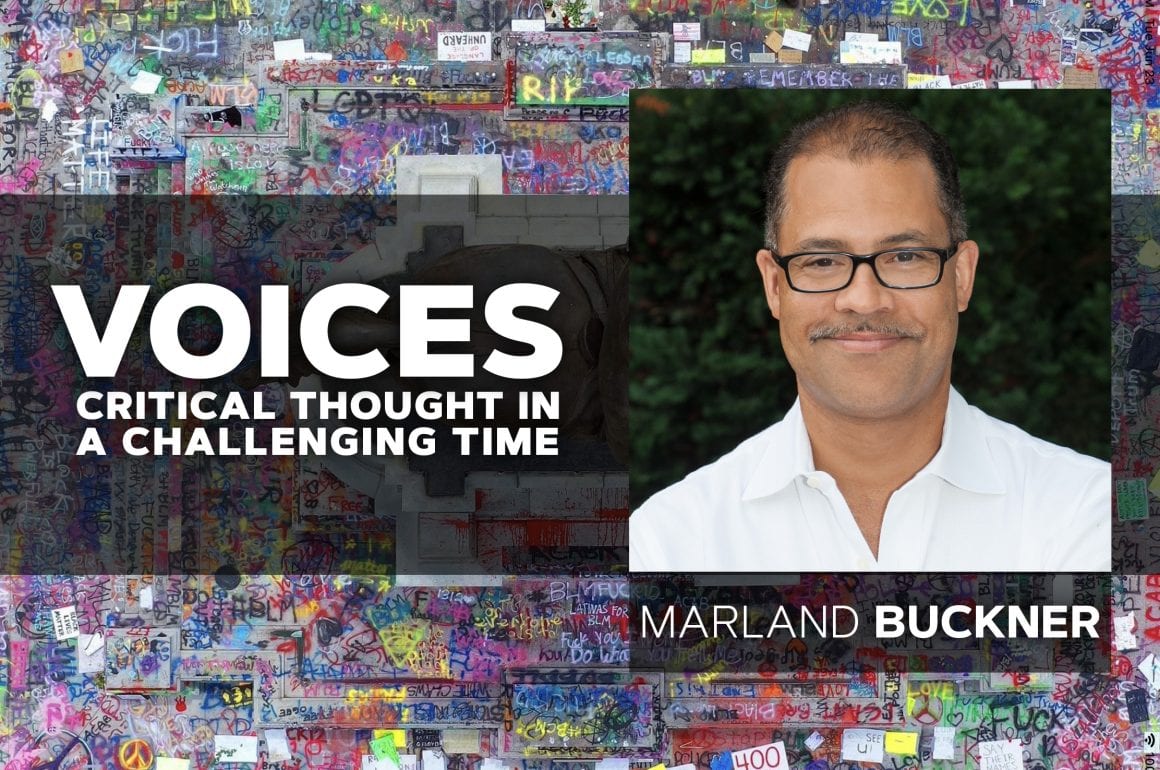
Imagine awakening one morning a few months from now: a diverse group of protesters and reformers of all stripes are congratulating each other for tearing down white supremacist monuments, tearing up the police budget, and driving other steps toward what is often described as dismantling structures and systems of oppression. Gone are Davis, Stuart, perhaps Lee; a Marcus alert is active and his case reopened; citizen oversight of RPD has begun, and a large percentage of RPD’s roughly $100 million annual budget is redirected to critical human service priorities. Would these changes amount to or even advance transformative change? Sadly, no. Even if every item currently being advocated for is met, the evilest, lethal aspect of white supremacy will remain virtually untouched: the poverty that engulfs thousands of Richmonders of color.
Elsewhere, I have argued we need to tear down the centuries-old business model whose intellectual property is a sick belief in the hierarchy of human value that extracts profit either by expropriating black labor and talent or by jailing then monetizing black bodies. Police reform, however necessary, is not our gravest challenge. Neither is removing or relocating publicly subsidized statues glorifying degenerate traitors and their [insert profanity here] progeny who dedicated their lives to ensuring I could never write these words, regardless of how that might improve our cultural hygiene.
The most important step we can take is to immediately adopt a new business model organized around the principles of inclusive growth, where both meanings of that wildly popular word “equity” – fairness, and ownership – are on display and practiced for all the world to see. To achieve this Richmond must make itself an investible city. We must organize ourselves to create and attract the billions of dollars it will take to pay the bill run up by white supremacy.
Making ourselves investible requires a changed approach. We must accept that the cost to overcome poverty is too large and our local resources too limited to do this entirely ourselves. We must accept that we do not yet have the structures and systems in place necessary to receive the capital needed to scale lasting anti-poverty solutions, but we could if we took some important first steps.
Step 1. Admit We Have a Problem
Pre-pandemic Richmond was at an inflection point. Many Richmonders felt we were on the cusp of greatness as a City but the existential threat of racially concentrated poverty might be our undoing. Richmond was conflicted; it very much wanted to tackle its tough problems but there were roadblocks that kept us from fully admitting the gravity of the situation.
Roadblock One: the comically unrealistic view that the bulk of responsibility for change falls on the public sector. This expectation utterly fails to admit how limited we are by fiscal constraints, our governance culture, and the extraordinary capacity challenges faced by, and sometimes brought on, by our City’s policymakers. More on that later.
Roadblock Two: admitting that when large funders, the corporate community, and similarly situated (typically white) institutional leaders, seek to drive change at scale, their efforts are quickly castigated as paternalistic and exclusionary by those claiming to represent “the community.” To make matters worse, the boards and investment committees of these institutions sometimes bring perspectives charitably described as anachronistic. This dynamic creates cultural and management risks most funders seek to avoid meaning resources needed to catalyze scalable change cannot be deployed.
Roadblock Three: the self-lacerating narratives one frequently hears when discussing the possibilities for change. This is where white supremacy has succeeded beyond its wildest expectations. As the Navy Hill debate so clearly demonstrated, many Richmonders, regardless of race, have internalized the notion that mediocrity is all they deserve. This is made worse by the constituency who argue, without a trace of irony, that, among other things, monument removal will reduce property values. But white supremacy’s triumph is never more painfully felt than when one hears the phrase so often uttered by black Richmonders: “that’s not for us.” Richmonders of all races inherited the language of white supremacy. Too many still use it.
Step 2. Confront the Scale of Our Problem
In addition to self-hate speech, white supremacy created socio-economic problems so costly they are hard to grasp.
Exhibit A: Housing. This is a perfectly understood problem we have nearly admired to death. We haven’t been sufficiently candid about the cost to address just one part of this challenge: public housing. During a recent effort to secure Federal funds to help redevelop public housing, we learned that redeveloping Creighton Court would cost approximately $200 million, Gilpin court, nearly $300 million. That means without even touching our New York Times worthy affordable housing driven eviction crisis, we have, conservatively, a $1.5 to $2 billion public housing cost mountain to climb. Where, exactly, are these billions to come from, a GoFundMe campaign?
Exhibit B: Human Services. The Office of Community Wealth Building estimates that, in aggregate, Richmond spends approximately $350 million annually on what might broadly be described as human services. This includes public and private dollars dedicated to anti-poverty efforts such as homelessness reduction, food security, and the like. It is not that these efforts are failing. The problem is that after spending 1/3 of a billion dollars we’re still treading water which means too many low-income Richmonders are drowning.
Some, imprisoned in the brightly lit cell of socialism, believe tax increases and income redistribution can solve these problems. Realistically, there is no remotely plausible scenario in which tax dollars alone are the solution. Redistribution sounds good in theory, but that would require epochal Federal policy changes and we haven’t that kind of time. Richmond must attract and generate billions of private anti-poverty focused capital over the coming years if we expect to create conditions to help those most in need. We need our public sector to work quickly to create an enabling environment for that capital. For that, we need a change in our civic governance culture.
Step 3. Demand an Outcomes-Focused Municipal Governance Culture
Richmond desperately needs an outcomes-focused governance culture directed toward quantifiable, achievable poverty reduction goals. Such a culture requires the public and civic sectors to work together to embrace data-informed, evidence-based decision making that pushes public dollars toward proven anti-poverty solutions. But such a culture first requires a level of collaboration that too often seems inversely related to our ability to achieve it. City Council President Newbille – of apparently infinite patience – can regularly be seen working to build consensus across Council. But productive consensus building is too often thwarted by some Members who confuse obstruction and snarky RTD quotes with constructive policymaking.
An outcomes-focused governance culture requires more public candor and policy innovation. Whether it is constraints imposed by Dillon’s Rule, or the legacy of annexation, our leaders have very few options to drive transformational policymaking. City Council must regularly reinforce with citizens just how constrained City Government actually is so citizens can respond intelligently to the very hard choices we face. Those limitations also demand that we work creatively and aggressively to use the limited tools we have to showcase Richmond as investible. Short of massive real estate, cigarette, and other taxes to which everyone seems congenitally opposed, our ability to generate revenue – which remember, is used so the City can finance debt – is limited at best. That means we must be vastly more innovative and tough-minded when it comes to budgeting. Diligently measuring the anti-poverty impact of our limited public dollars will ensure money is moving toward proven, ideally scalable solutions. That begins with telling people truths they likely don’t want to hear.
Step 4. Align Resources Across Sectors
Measuring the impact of anti-poverty public spending will be easier if we better align, integrate, and coordinate our social sector. It is said Richmond has a population of 230,000 but 231,000 non-profits. In truth, we have some incredibly high functioning anti-poverty social service organizations. Unfortunately, these programs do not fit into a sufficiently robust architecture, structure, or system that allows their successes to be leveraged, let alone scaled. Our social sector is program rich but system poor. This is not to suggest that alignment and coordination are non-existent; rather, these civic assets are not yet organized to meet the size of our anti-poverty challenge. We do, however, have best practices that show us the way. Homeward, the entity that drives coordination among homelessness service providers is one, Feed More is another.
Step 5. Use What We Have To Show What Might Be
Attracting national anti-poverty investment requires that we showcase models that are investible. One way we can do this is by creating prototypes of scalable solutions using existing City assets that today sit idle. For example, the Richmond public school system has real estate on its books conservatively assessed at well over $15 million. Some assets are leased, but much of it is owned by the City. Imagine if the School Board and City Council designated just one such property as a demonstration project requiring the developer to meet specific social impact and community wealth creation goals. Imagine if, as part of this project, the school system retained equity and benefitted as any other limited partner would? Imagine a surplus school transformed into a mixed-income development that co-located a group of aligned social service providers (see Step 4) to create an opportunity-rich environment for families that generated a regular financial return for, say, the Richmond Public Schools Foundation? Imagine further that such a prototype project was designed to allow every Richmonder the chance to invest in amounts appropriate for them? Finally, imagine the impact if we applied this approach to all surplus City property? Wishful thinking? Hardly. Americans have done this since WWI when war bonds were sold by the Girl Scouts and in 2012 President Obama signed into law provisions that expanded this approach to include other types of securities. Such an approach would be a magnet for the scale of anti-poverty capital we need because investors would see clearly that Richmond understands how to generate economic returns by putting both meanings of the word equity into practice.
We need to stop nibbling around the edges of our poverty problem. Whether we “defund” the police or not, whether we remove Confederate monuments or not, if we continue thinking that million-dollar solutions will solve our billion-dollar problems we will fail. We need to take immediate steps to make Richmond a city ready to do business in a way that would make Maggie Walker proud. If we don’t, white supremacy still wins.
Marland Buckner is Co-Founder and Principal of MB² Solutions LLC, a Washington DC and Richmond based domestic strategy and impact development firm.


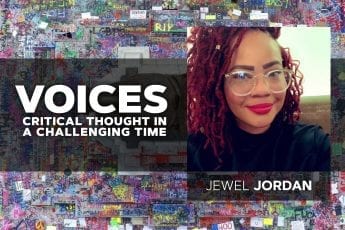
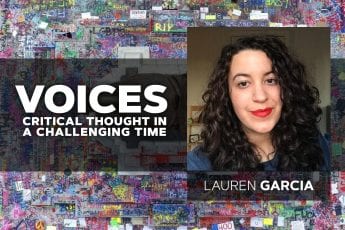
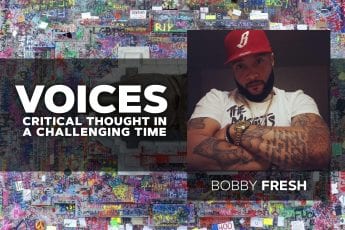

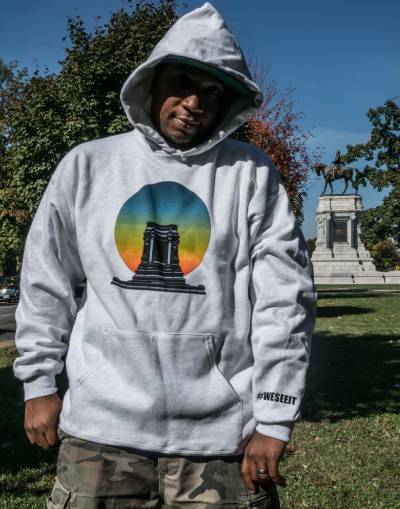 The Cheats Movement is dedicated to hip-hop culture, politics, and community activity. We see our community different than most, therefore, #WESEEIT
The Cheats Movement is dedicated to hip-hop culture, politics, and community activity. We see our community different than most, therefore, #WESEEIT
This is a beautifully written piece. Thank you Marland for putting your thoughts into action items. Yes, let’s make this a reality.
This is a wonderful piece and a much needed bucket of colder water on some of the prevailing attitudes and misunderstandings of a population that rightly wants better but doesn’t know what they’re up against as citizens and captives of Richmond’s hamstrung government.
I love all your points but can really get behind educating Richmonders on “just how constrained City Government actually is [so they] can respond intelligently to the very hard choices we face”. I don’t think we can underestimate just how incongruent people’s wants and hopes for how the process works are with its reality.
Additionally outcome focused governance is such an excellent point and something voters need to demand from their elected officials and local government culture.
I will be spreading this far and wide because this is what change sounds like.
Thank you Marland!
This is one hundred percent not it. What an arrogant and condescending take. You don’t get progress or “pay back the bill white supremacy ran up” through private investment firms. You get it through the types of collective action you’re deriding in this article. You don’t think taking money out of jails and prisons and police and giving it to education and community services is transformative? We as a country extracted the labor of *generations* of black people and we’re still doing it. Investment firms can only exist because of that unpaid labor. Maybe read the work of economists Kirsten Mullen and Sandy Darity for an education on how to ease that debt.